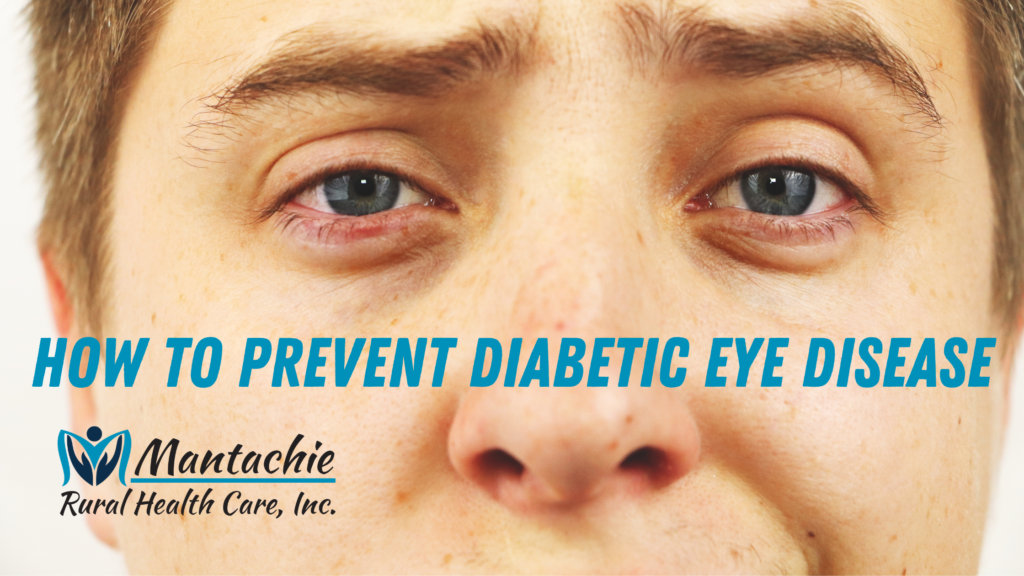
Around forty percent of people living in the United States identify as a minority. Unfortunately, minorities still experience disadvantages when it comes to healthcare. Most of the 11.4 percent of Americans who reported living in poverty in the 2020 Census were minorities. People living in poverty have poor access to healthcare as well as healthy foods and places to exercise or perform physical activity. Rural healthcare clinics are combatting social disparities in a number of ways.
Rural Healthcare Clinics Make Visits Affordable Even for Patients Without Insurance
Clinics like Mantachie Rural Health Care offer a sliding scale fee based on income to encourage patients who are struggling economically to come in for a visit. This allows patients who do not have insurance to still be able to afford a visit with their medical provider.
Rural Healthcare Clinics Combatting Social Disparities Help Patients Get to Their Appointment
Many minorities and others with low incomes often don’t have reliable transportation to get them to and from appointments. That’s where groups like North Mississippi Community Services, Inc partner with Mantachie Rural Health Care to give affordable rides to patients who cannot drive or do not have a reliable vehicle.
Rural Healthcare Clinics Give Patients More Access to Healthcare
Rural healthcare clinics typically offer a variety of health services that are not limited to general primary care. In addition to our general care providers, we have a dietitian and mental health providers to provide nutrition care and mental healthcare. We also have staff that specializes in diabetes to provide diabetic care to patients who can’t get to an endocrinologist. Additionally, we have a dental clinic located near our medical clinic and a school-based clinic to give access to students and school staff members. We even have a program to assist patients with the cost of their prescriptions.
Rural Healthcare Clinics Provide Resources
We’re more than healthcare providers, we are an information hub and resource center. We can provide patients with information on Medicare, Medicaid, and other patient assistance programs. We can also help them complete the necessary paperwork. Our Community Educator provides much-need healthcare education to patients. Our dietitian also offers a program to help patients lose excess weight and learn to eat healthily.
We still have a ways to go before social disparities are no longer a barrier to better health. But, rural healthcare clinics are taking big steps to combat social disparities in our communities. If you live in the Mantachie area and have been avoiding a medical visit due to financial or transportation issues, we can help. Call 662-282-4226 or click here to request an appointment. Let our receptionist know if you need a ride so we can help you make arrangements.











